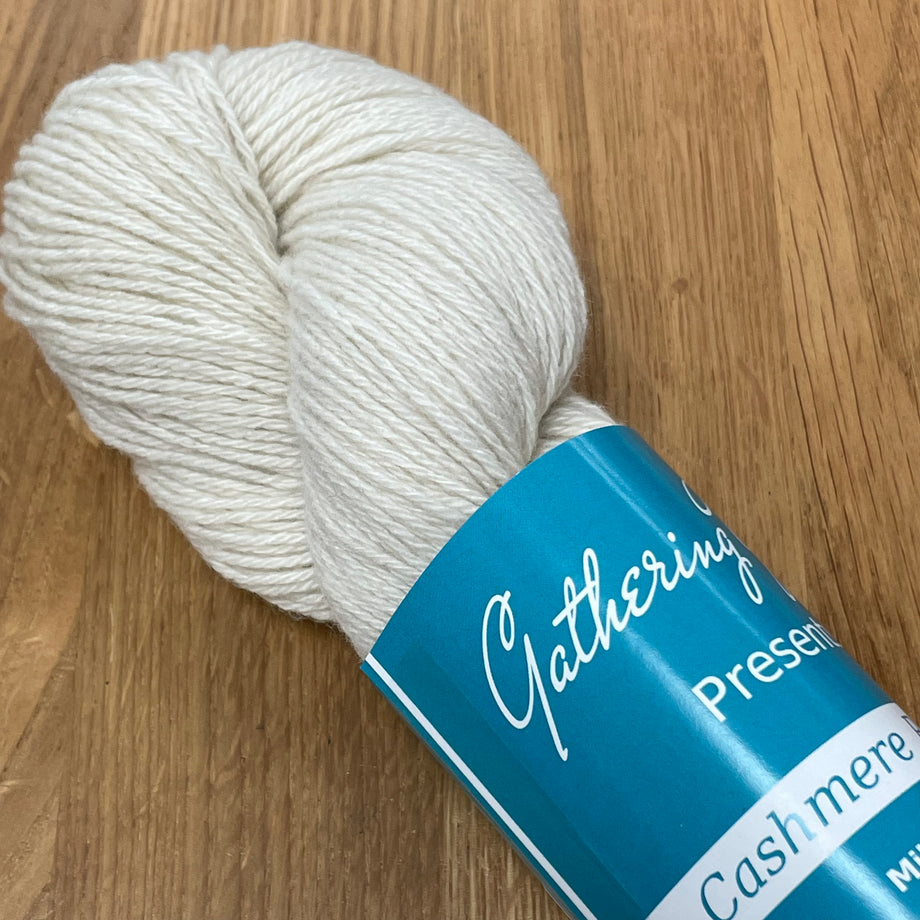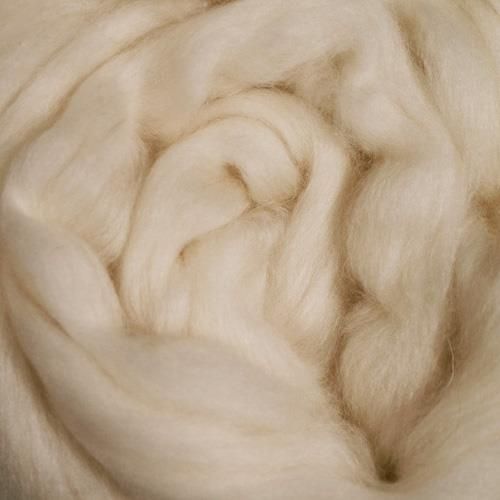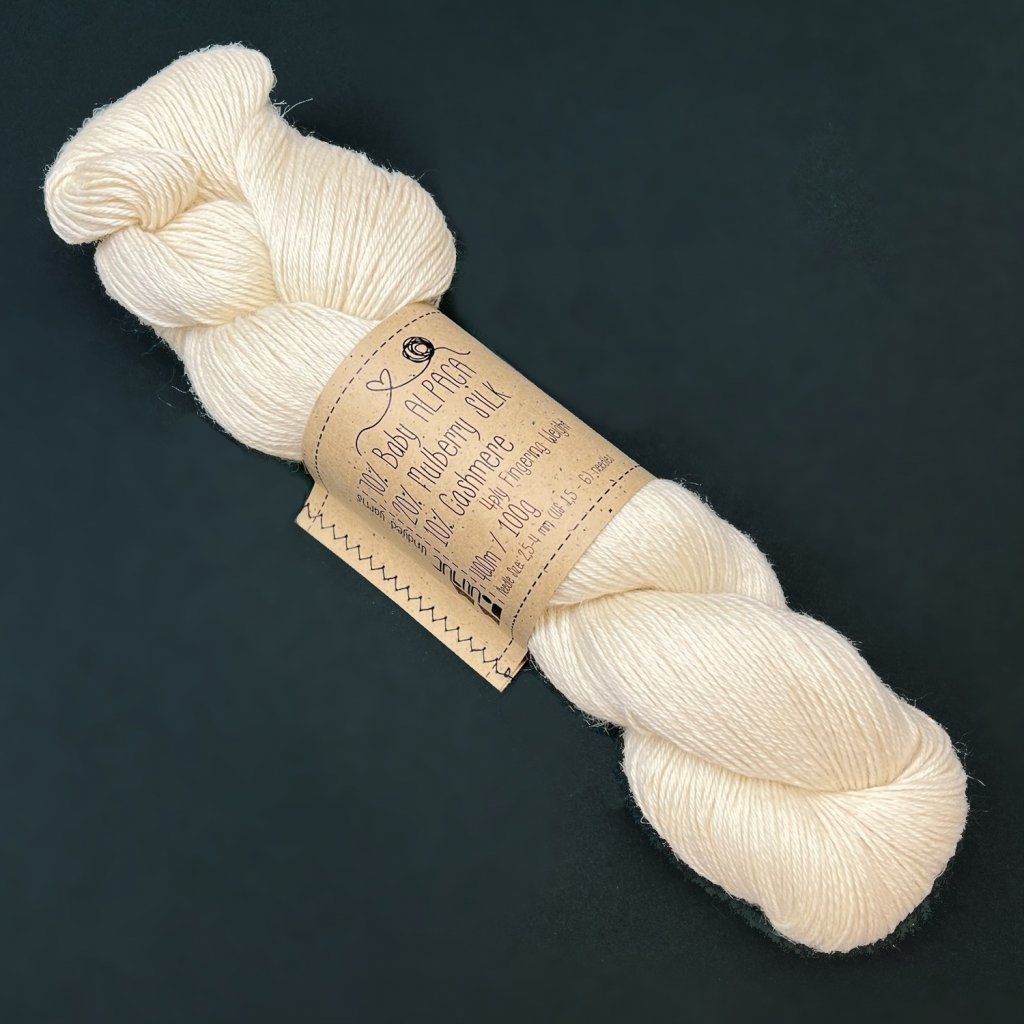What Is Cashmere and How Does It Differ to Other Fabrics?
What Is Cashmere and How Does It Differ to Other Fabrics?
Blog Article
Discover the Attraction of Cashmere a Natural Fiber: Why It's a Must-Have in Your Closet
The allure of cashmere, a high-end natural fiber, goes beyond simple appearances. From reviewing its intriguing origin to understanding its production top quality, treatment, and procedure, it's worth exploring why cashmere holds such a special area in the globe of fabrics.

The Origin and Background of Cashmere: A Quick Introduction
While lots of may view cashmere as an easy deluxe, its history is soaked in rich cultural practice. Stemming from the Kashmir area in India, cashmere wool has actually been produced for thousands of years. The fiber is gotten from the soft undercoat of cashmere goats, gathered throughout their molting season.
Recognizing the Special Characteristics of Cashmere Fiber
While various other products might use down over time, cashmere preserves its top quality, making certain lasting wear. Cashmere has an one-of-a-kind visual allure. Recognizing these properties clarifies why cashmere is not simply a deluxe, yet a rewarding financial investment for any type of wardrobe.

The Refine of Making Cashmere: From Goat to Garment
To appreciate the elegant residential properties of cashmere totally, one have to recognize its journey from the raw fiber to the finished product. The procedure starts with the cashmere goats, mainly located in Mongolia, China, and Iran. The pure cashmere is then dyed, rotated right into thread, and lastly knitted or woven into the sought after garments.

Decoding the High Quality and Rate: Why Is Cashmere so Expensive?
Cashmere originates from the great undercoat of the cashmere goat, with each goat generating a plain 150 grams every year. The handling of raw cashmere needs both time and knowledge, with the fibers needing to be thoroughly sorted, cleaned, and rotated. These elements integrated make cashmere a pricy yet highly sought-after asset in the globe of fashion.
Cashmere in vogue: The Convenience and Classic Charm
Despite its high price, the classic charm and flexibility of cashmere have actually strengthened its place in the world of style. The fiber's distinct texture, identified by its gentleness and warmth, has actually ended up being associated with luxury and convenience. Its adaptability extends past seasonal patterns, making it a wardrobe essential in different kinds, from sophisticated sweaters to posh read what he said headscarfs. The functional nature of cashmere enables its combination into both informal and formal clothing, representing its wide charm. The fabric's withstanding appeal over the years confirms to its classic charm. As patterns reoccured, cashmere stays a consistent, its allure undiminished, remaining to motivate and shape the style sector's landscape.
Caring for Your Cashmere: Maintenance and Preservation Tips
Ensuring the long life of cashmere garments calls for specific care and attention. Routine brushing with a cashmere comb can prevent pilling. With these upkeep and conservation ideas, one can ensure their cashmere remains sturdy and luxuriously soft.
Verdict
Cashmere, with its unequaled gentleness and warmth, gives both high-end and sturdiness. Its origin from the Kashmir area and precise manufacturing procedure add to its premium appeal and price. Its adaptability in fashion and sustaining appeal make it a worthy financial investment for any closet. With proper treatment and preservation, cashmere garments can last for several years, providing an unique mix of top quality, comfort, and design. Discover the attraction of cashmere and raise your fashion arsenal.

Report this page